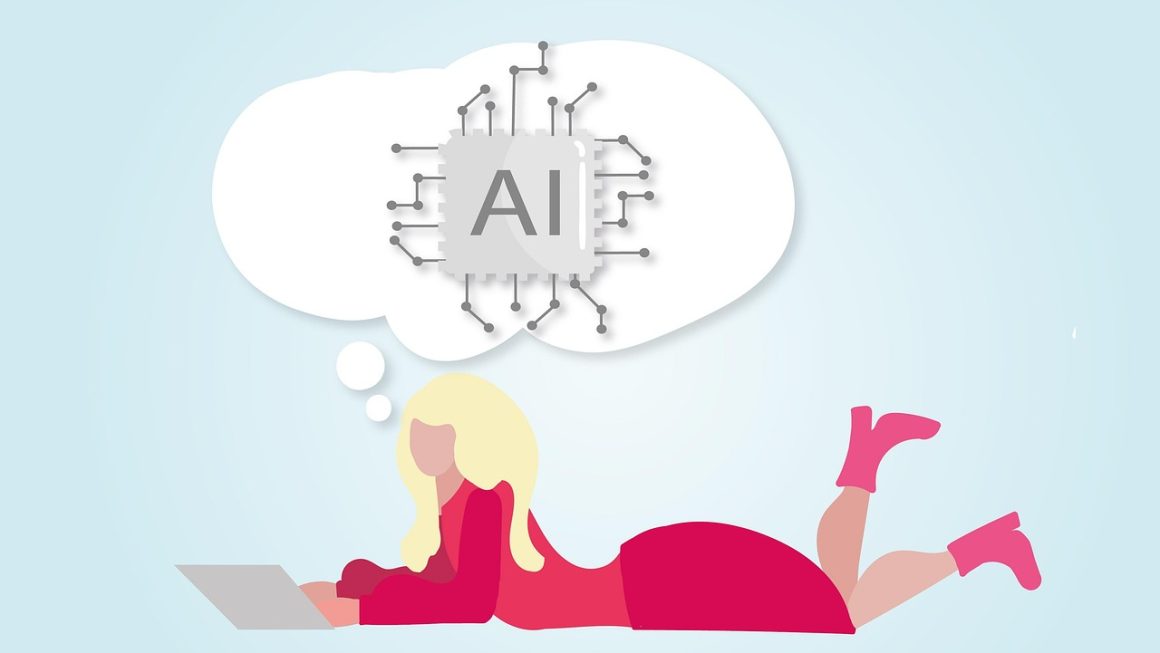The world of customer service, lead generation, and internal operations is evolving rapidly, and at the forefront of this transformation are chatbots. More than just a technological buzzword, chatbots are sophisticated AI-powered tools designed to engage with users in a conversational manner. They automate tasks, provide instant support, and collect valuable data, significantly improving efficiency and customer satisfaction. Let’s delve into the world of chatbots and discover how they can benefit your business.
What are Chatbots and How Do They Work?
Defining Chatbots
At their core, chatbots are computer programs designed to simulate human conversation. They can interact with users through text, voice, or even visual interfaces. These interactions can range from answering simple questions to guiding users through complex processes.
Underlying Technology
Chatbots primarily rely on two main types of technologies:
- Rule-Based Chatbots: These operate based on pre-defined rules and scripts. They can only answer questions or perform tasks that are programmed into their system. This is effective for handling simple, predictable inquiries.
Example: A customer service chatbot programmed to answer questions about shipping costs and delivery times.
- AI-Powered Chatbots: These utilize artificial intelligence (AI) and machine learning (ML) to understand natural language, learn from interactions, and improve over time. They can handle more complex and nuanced conversations.
Example: A chatbot that can understand the sentiment of a customer’s message and respond appropriately, even if the customer uses unusual phrasing.
The Natural Language Processing (NLP) Connection
NLP is a crucial component of AI-powered chatbots. It enables the bot to:
- Understand user intent: Determine the user’s goal or purpose behind their message.
- Extract key information: Identify important details within the user’s input.
- Generate appropriate responses: Formulate answers that are relevant, accurate, and contextually appropriate.
Benefits of Implementing Chatbots for Your Business
Enhancing Customer Service
Chatbots provide 24/7 support, allowing businesses to respond to customer inquiries instantly, regardless of the time zone or staffing availability. This leads to:
- Reduced wait times: Customers no longer have to wait on hold or send emails and wait for a response.
- Improved customer satisfaction: Prompt and efficient service leads to happier customers.
- Consistent brand messaging: Chatbots deliver consistent answers and information, reinforcing your brand identity.
Generating and Qualifying Leads
Chatbots can engage website visitors and collect valuable information to qualify leads. This can include:
- Asking targeted questions: Collecting data points like industry, company size, and needs.
- Qualifying leads based on responses: Identifying prospects who are most likely to convert into customers.
- Routing qualified leads to sales: Ensuring that sales representatives focus on high-potential opportunities.
Streamlining Internal Operations
Chatbots aren’t just for external customers; they can also streamline internal processes. Examples include:
- Answering employee FAQs: Providing instant access to HR policies, IT support, and other common questions.
- Automating onboarding processes: Guiding new employees through the initial paperwork and training.
- Scheduling meetings and appointments: Simplifying the process of finding available times and coordinating calendars.
Cost Reduction and Increased Efficiency
By automating routine tasks and handling a large volume of inquiries, chatbots can significantly reduce operational costs. Here’s how:
- Reduced reliance on human agents: Freeing up staff to focus on more complex or strategic tasks.
- Improved agent productivity: Allowing agents to handle more complex cases and resolve them faster.
- Lower operational costs: Reducing expenses related to staffing, training, and infrastructure.
Practical Examples of Chatbot Implementation
E-commerce: Product Recommendations and Order Tracking
E-commerce businesses can use chatbots to:
- Recommend products: Based on customer preferences and browsing history. “Based on your previous purchase of running shoes, you might also like these running socks.”
- Provide order tracking information: Allowing customers to easily check the status of their orders. “Your order is currently out for delivery and is expected to arrive between 2 PM and 4 PM.”
- Handle returns and exchanges: Guiding customers through the return process and providing instructions.
Healthcare: Appointment Scheduling and Medication Reminders
Healthcare providers can leverage chatbots to:
- Schedule appointments: Allowing patients to book appointments online without calling the office.
- Provide medication reminders: Helping patients adhere to their medication schedules.
- Answer basic health-related questions: Providing general information about common conditions and symptoms.
Finance: Account Inquiries and Transaction Assistance
Financial institutions can use chatbots to:
- Answer account inquiries: Providing information about balances, transactions, and statements. “Your current account balance is $5,250.32.”
- Assist with transactions: Helping customers transfer funds, pay bills, and manage their accounts.
- Provide financial advice: Offering personalized recommendations based on customer’s financial goals and risk tolerance (often with a disclaimer to seek personalized advice).
Best Practices for Building and Deploying Chatbots
Define Clear Objectives
Before building a chatbot, it’s crucial to define its purpose and goals. What specific tasks will it handle? What problems will it solve?
Choose the Right Platform
Numerous chatbot platforms are available, each with its own features and capabilities. Consider factors like:
- Integration capabilities: Does the platform integrate with your existing systems?
- Scalability: Can the platform handle increasing volumes of interactions?
- Pricing: Does the platform offer a cost-effective solution for your business?
- Ease of Use: How easy is it to design, build, and manage the chatbot?
Design a Conversational Flow
A well-designed conversational flow is essential for creating a positive user experience. Consider the following:
- Use clear and concise language: Avoid jargon and technical terms.
- Provide helpful prompts and suggestions: Guide users through the conversation.
- Handle errors gracefully: Provide clear instructions when the chatbot doesn’t understand a user’s input.
- Offer a human handover: Allow users to connect with a human agent when necessary.
Test and Optimize Regularly
Continuously test and optimize your chatbot to improve its performance. This includes:
- Analyzing user interactions: Identifying areas where the chatbot struggles.
- Gathering user feedback: Soliciting feedback from users to identify areas for improvement.
- Updating the chatbot’s knowledge base: Ensuring that the chatbot has access to the latest information.
Conclusion
Chatbots are transforming the way businesses interact with customers, streamline operations, and generate leads. By understanding the technology behind chatbots and implementing best practices, businesses can leverage these powerful tools to improve efficiency, enhance customer satisfaction, and drive growth. From providing instant support to automating routine tasks, the potential of chatbots is vast and continues to expand as AI technology advances. Embrace the future of communication and unlock the power of chatbots for your business.




